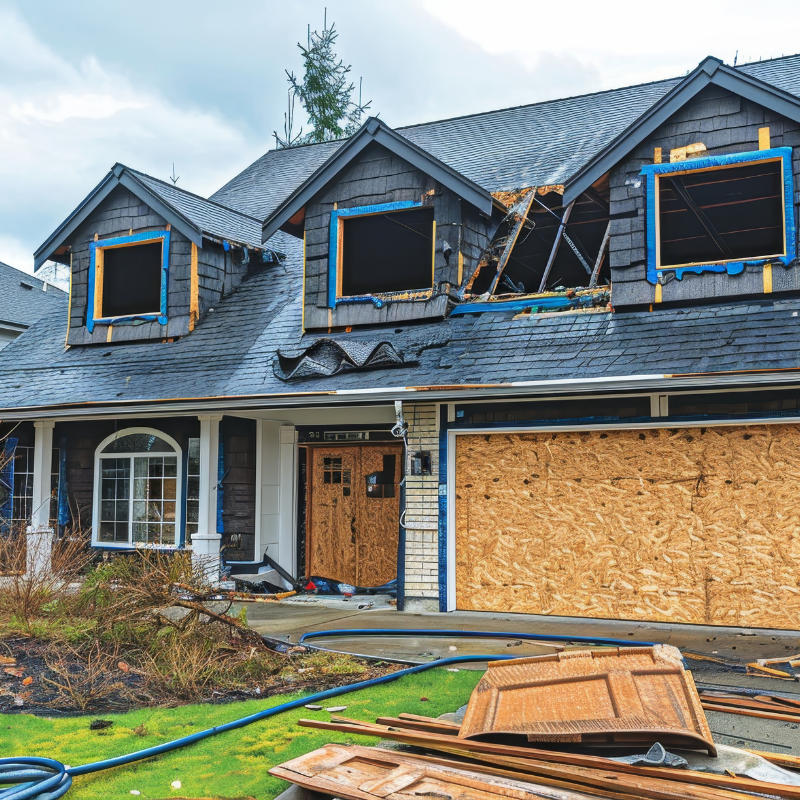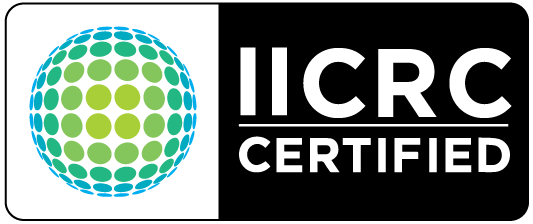When disaster strikes, the aftermath can feel overwhelming. Whether it’s a fire that leaves smoke and structural damage behind, a flood that seeps into every corner, or a burst pipe that quickly turns into a major problem, property owners are left facing more than just cleanup. This is where professional reconstruction and remodeling comes into play. The goal isn’t simply to repair the damage but to return a space to its full potential—or even better than before. Rebuilding after destruction requires more than replacing walls and flooring; it’s about careful planning, quality craftsmanship, and an eye for detail that ensures every repaired or remodeled element blends seamlessly into the rest of the property.
The work often begins once water, mold, or debris has been removed and a property has been stabilized. From there, the reconstruction process focuses on structural repairs, replacements, and upgrades that bring homes and businesses back to life. Sometimes, this means carefully rebuilding entire sections of a building after a fire. Other times, it’s repairing damage caused by storms, heavy winds, or even something as unexpected as a fallen tree striking the roof. Each project is unique, and that’s why the process must be tailored to the specific disaster and the property owner’s goals.
Remodeling Beyond Repair
While repairs are equally unavoidable and vital after property damage, remodeling goes a step further. It’s not only about restoring a building to the way it was—it’s about making it better, more functional, and more beautiful. Property owners often take this opportunity to redesign outdated areas, expand living spaces, or improve layouts while the rebuilding process is underway. A kitchen ruined by a burst pipe might be transformed into a modern space with upgraded cabinetry and countertops. A basement once damaged by mold can be revitalized into a fully finished living area that adds new value to the home.
Remodeling can also mean using durable, water-resistant materials in areas prone to flooding, or adding design upgrades that increase the property’s long-term value. After a storm, for example, homeowners may choose stronger roofing materials or reinforced windows to help guard against future damage. Businesses, too, often see this process as a chance to modernize workspaces, boost employee comfort, or create a more inviting customer environment. The most successful projects combine both reconstruction and remodeling—repairing what’s necessary while reimagining what’s possible.
Support With Insurance And Emergencies
One of the biggest challenges after property damage isn’t just the rebuilding—it’s navigating the maze of insurance claims. Many property owners are left unsure of how to maximize their benefits or which expenses can be covered. Having experts who can provide guidance throughout this process makes a huge difference. Professional services are about more than hammers and nails; they include working with insurance providers to make sure every detail of the damage is documented, every claim is filed properly, and every dollar of coverage is put to use. This kind of support allows property owners to focus less on paperwork and more on getting their lives back to normal.
Then there’s the issue of timing. Disasters don’t wait for business hours, which is why emergency response is a critical part of the process. When fire or water damage hits in the middle of the night, rapid response can reduce long-term destruction and make the eventual reconstruction less extensive. Immediate action prevents further complications like structural instability, spreading mold, or additional water intrusion. Quick stabilization sets the stage for a successful project and ensures the whole process can move forward as efficiently as possible.
Craftsmanship And Lasting Results
At the heart of every project is craftsmanship. Rebuilding isn’t just about getting a property back to functional condition; it’s about making sure the work holds up for years to come. That means using high-quality materials, applying advanced techniques, and ensuring that every detail—down to the finish of a wall or the alignment of flooring—is executed with care. For property owners, this kind of attention to detail offers peace of mind, knowing that their home or business isn’t just repaired but truly rebuilt to last.
The visual transformation of a property is one of the most rewarding parts of the process. Before-and-after results often feel like night and day, and many clients find themselves amazed at how beautiful their rebuilt spaces can become. From replacing roofing damaged by a fallen tree, to rebuilding entire sections of homes destroyed by storms, to modernizing interiors after mold remediation, the final outcome speaks for itself. Reconstruction and remodeling give property owners the chance not just to recover but to improve—turning an unfortunate disaster into an opportunity for renewal.
These services aren’t simply about fixing what’s broken—they’re about giving homes and businesses a fresh start after the toughest of circumstances. Whether the damage comes from fire, water, mold, storms, or even fallen trees, our mission is to restore and enhance every property we touch with quality and care. If you’ve experienced damage and need skilled reconstruction or you’re interested in learning how remodeling can transform your space, reach out to Cleaner Guys today. Contact us to schedule services or ask for more information—we’re here to help you move forward with confidence.
Frequently Asked Questions About Reconstruction And Remodeling
Q1. What’s the difference between reconstruction and remodeling after property damage?
A1. Reconstruction focuses on repairing and rebuilding what’s been destroyed—things like walls, flooring, roofing, or structural elements that need to be restored to make the property sound again. Remodeling, on the other hand, goes a step further by improving or reimagining the space. For example, if a kitchen is damaged by water, reconstruction would restore it to working order, while remodeling might upgrade the layout, cabinetry, or design to create a brand-new look.
Q2. Can reconstruction and remodeling happen at the same time?
A2. Yes, they often do. Once the immediate damage is addressed and the property is stabilized, many owners choose to remodel during the rebuilding process. Since walls, floors, or fixtures are already being replaced, it can be a great opportunity to make upgrades or design changes without starting a separate project later on. This approach often saves time and can be more cost-effective than doing everything in stages.
Q3. Do insurance policies cover both reconstruction and remodeling?
A3. Insurance policies typically cover the cost of reconstruction—that is, returning the property to its pre-damage condition. Remodeling costs, like upgrading materials or altering the design, usually fall outside of what’s covered. However, some property owners find it worthwhile to invest in remodeling while reconstruction is underway, since much of the repair work is already part of the process. Having guidance through the insurance claim process helps clarify what’s covered and what will be out-of-pocket.



